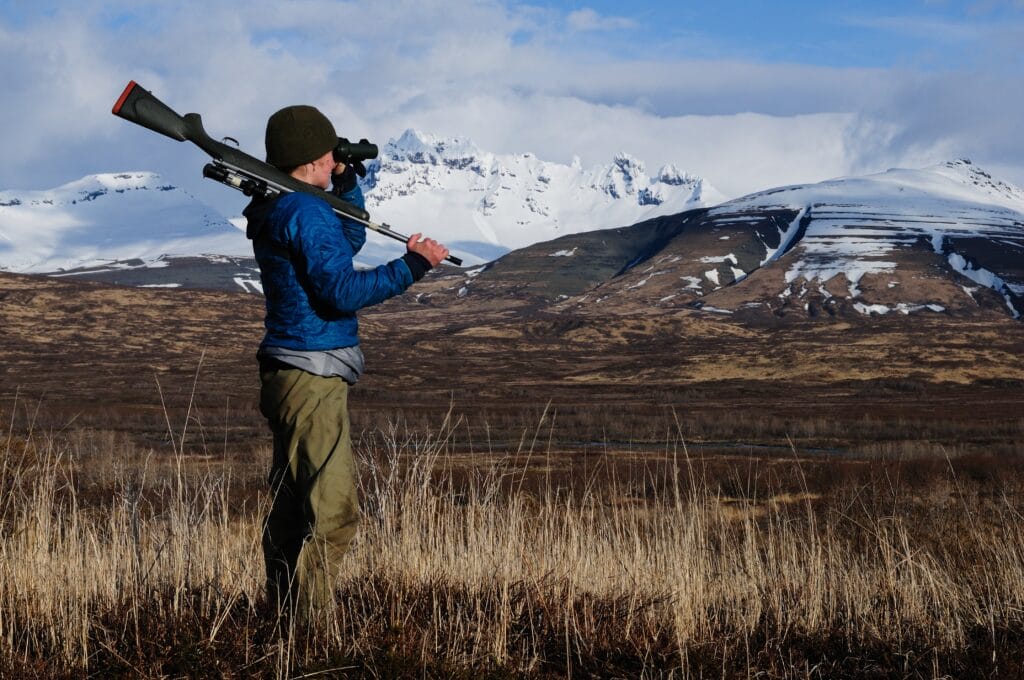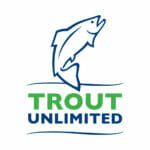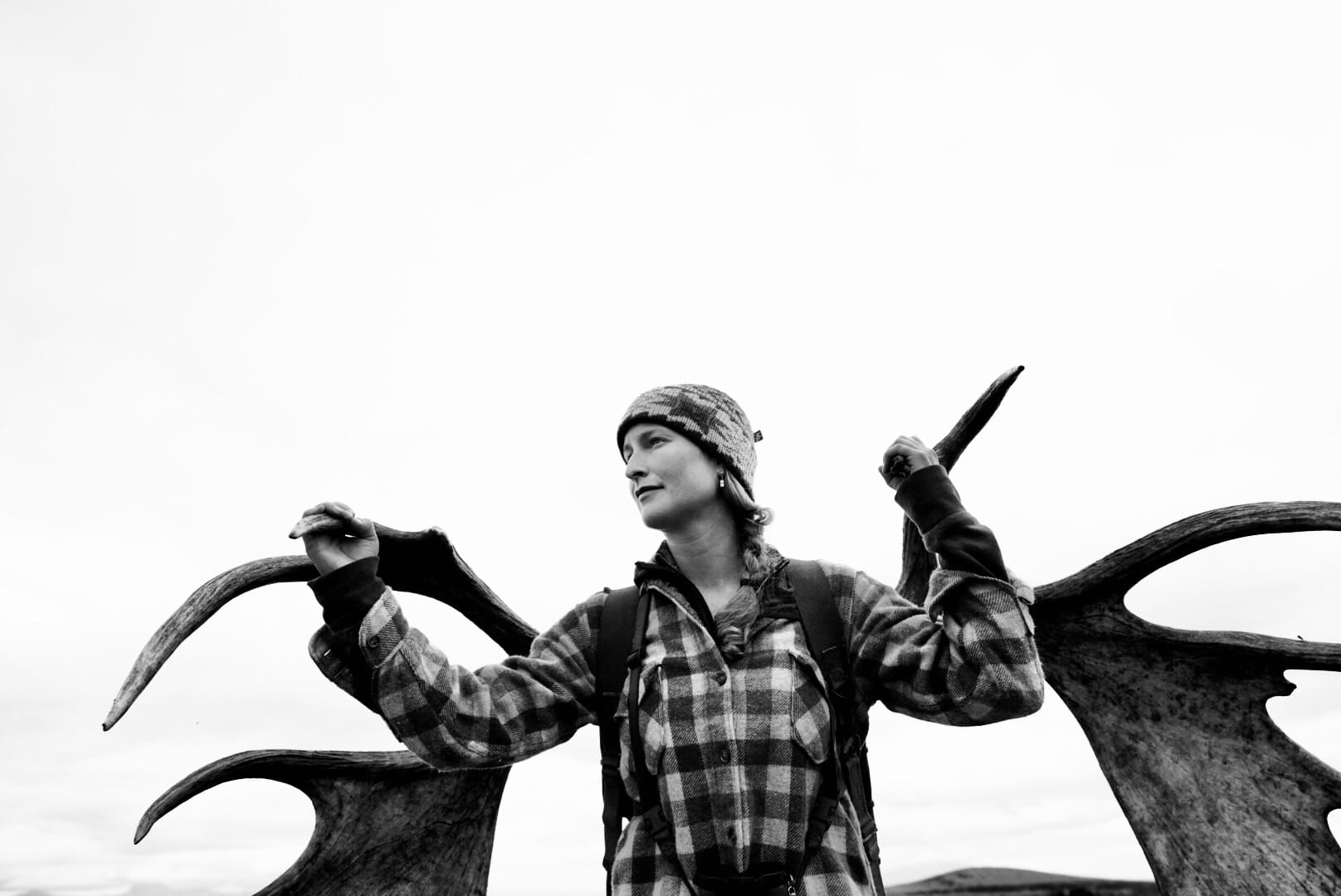A big game hunting and fishing guide’s perspective on safeguarding Alaska’s Bristol Bay.
You know the saying; “I get by with a little help from my friends”. As we cross into our second decade of advocacy for Bristol Bay, friends are more important than ever. The region is threatened by the proposed Pebble Mine; an open pit mine compromising the world’s greatest salmon run. This is the second installment in a series of profiles on Bristol Bay advocates that have devoted their lives to safeguarding the region. Read the first article in the series on commercial fisherman, Steve Kurian, here.
Growing up in a stretch of remote wilderness that is home to two brown bears per square mile makes one well aware of their place in the natural world. As you can imagine, it’s not necessarily at the top.
This is the world that Tia Shoemaker knows best. Tia is a fly angler, pilot, hunting guide and accomplished outdoorswoman. She views wild places not as a backdrop to her story, but as her story itself, an inextricable part of who she is.
For nearly 50 years, the Shoemakers have lived on a homestead in the heart of Becharof National Wildlife Refuge on the Alaska Peninsula. Their home is only accessible by bush plane and is surrounded by millions of acres of wild land. That’s about as remote as it gets.
Tia’s parents are both wildlife biologists who left their careers to move off-grid and found Grizzly Skins of Alaska. Their family-owned hunting and fishing operation caters to discriminating and adventurous travelers, guiding them through the sporting paradise that is Bristol Bay, Alaska.
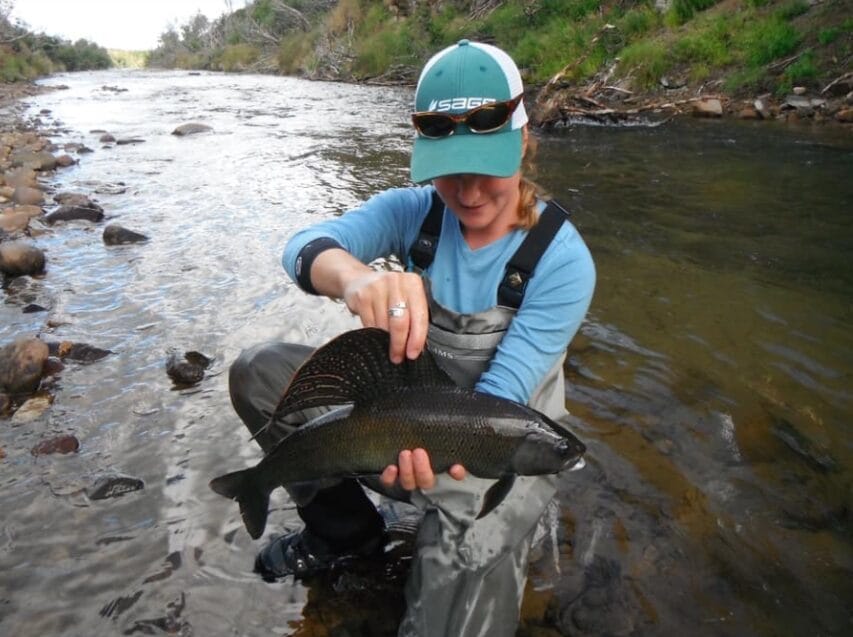
A Wild Childhood
Growing up, Tia and her brother could often be found running across the tundra, bow and arrow in hand, searching for willow ptarmigan and bickering over who gets to pretend to be the client and who gets to be the guide. At nine Tia harvested her first caribou. At ten she apprenticed on her first hunt. It’s unsurprising that Tia grew up to be one of less than a dozen female big game hunting guides registered in Alaska.
A life lived far away from the conveniences of modern life taught Tia the value of resilience and hard work. Only two trips to the grocery store per year meant the majority of the Shoemaker’s food needed to be fished, hunted, gathered or grown. “I think we live in a way that many might find uncomfortable, or even extreme.” Tia says. “But from my earliest memories it was normal, the only way that I knew.”
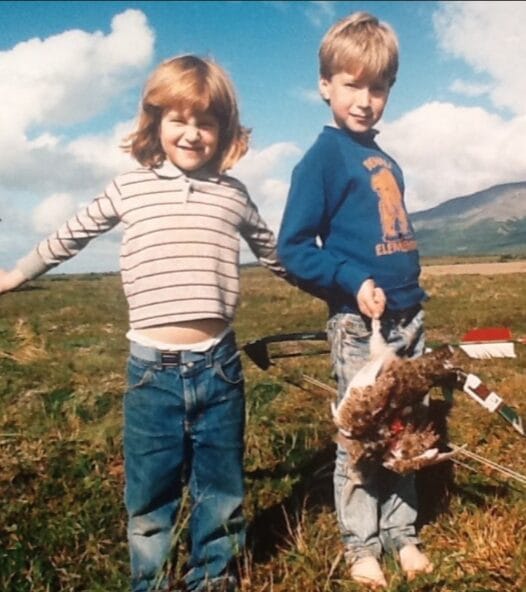
Living Intimately with the Land
When you live in the middle of a wildlife refuge, your neighbors are bears, salmon, caribou, wolves, porcupine, among other creatures. As Tia puts it, “We don’t have wild animals in our backyard. We live in theirs.”
As a child, Tia would use her best howl to call a wolf into camp. This was a crowd-pleasing trick amongst lodge clients. She and her brother viewed the fox kits that lived on the end of the runway as their best playmates. Brown Bears, some of the biggest in the world due to the abundance of salmon, were common enough that they left a rifle in the outhouse for unplanned bear run-ins.
Living this closely with the land and its inhabitants means that hunting is a deeply sacred act for Tia. “My dad once told me: “the day you stop crying or feeling like crying when you take an animal’s life, is the day that you should stop hunting.” This is a sentiment that she constantly recounts to guided hunting clients.
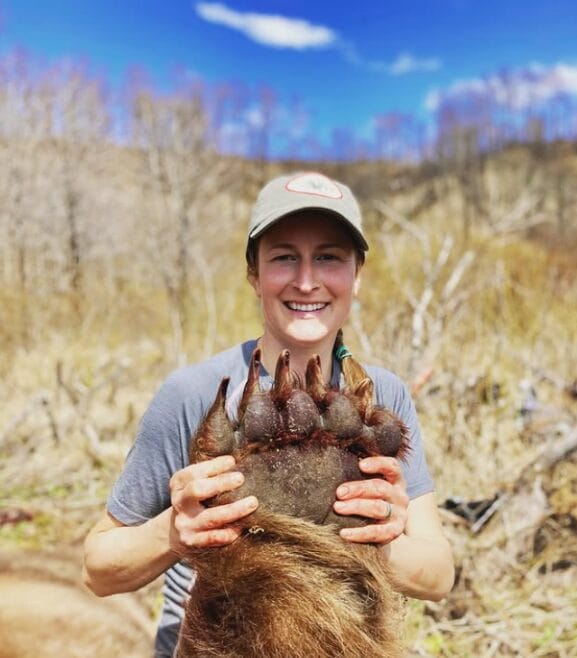
A Life Underpinned by salmon
Out of all of Tia’s remarkable encounters, she insists “one of the most awe-inspiring sights, is standing in the middle of a stream or river during the Bristol Bay salmon run.” She speaks to the frenetic and relentless energy of it, of how every being––human, animal, bird, plant, you name it––are connected by this yearly wave of life-giving fish.
Tia and her family are powerful voices in the fight against the proposed Pebble Mine. The success of their small business, Grizzly Skins of Alaska, is directly tied to the fate of salmon. No clean water means no fishing clients. No big game means no hunting clients. No salmon means the loss of life as they know it.
The family’s paramount concern lies far beyond lost dollars and cents. It’s the fear of not being able to pass on this unique lifestyle of hunting and fishing for their food to their children. The third generation already shows a great affinity for the land and animals around the homestead. With this deep connection to the wild, the family’s wellbeing is innately linked to the health of Bristol Bay and its fishery.
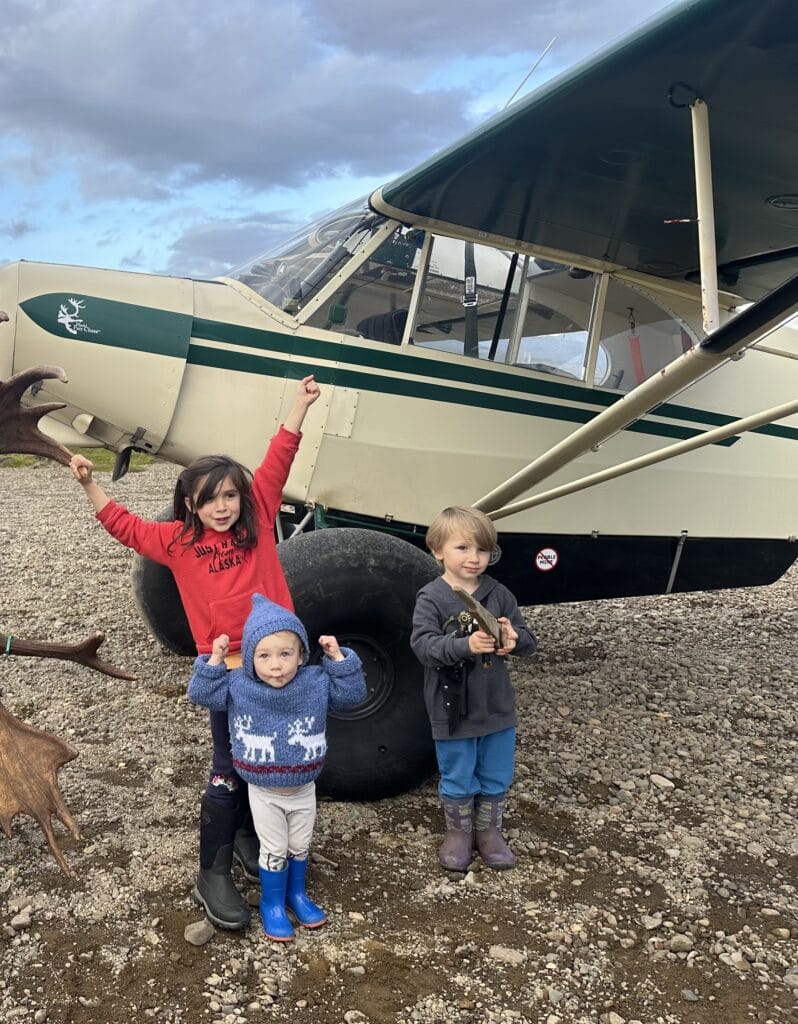
You can help ensure Bristol Bay’s salmon runs continue. Take action through the Save Bristol Bay campaign website. Donate. Follow for updates on Instagram or Facebook.
Thanks goes to Tia, and the rest of the Shoemaker family for being such ardent supporters of Bristol Bay salmon. Learn more about their business at the Grizzly Skins of Alaska website.
